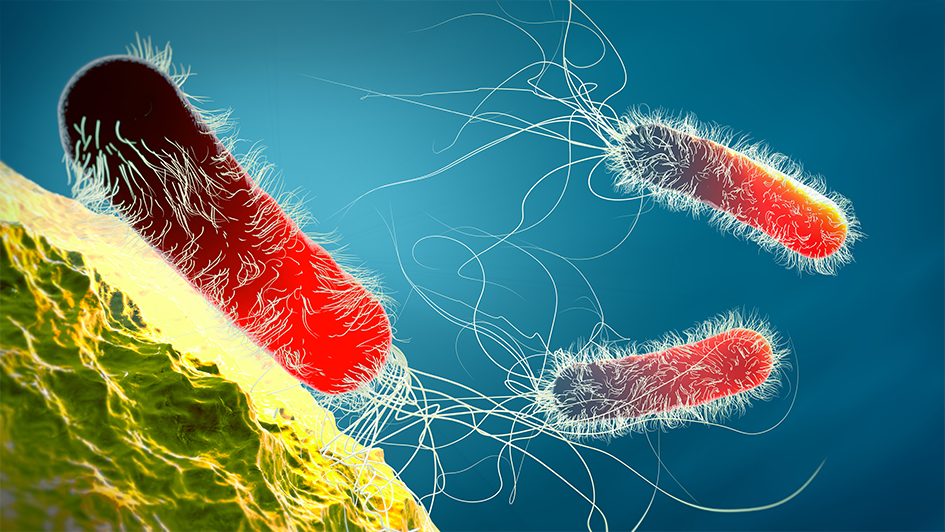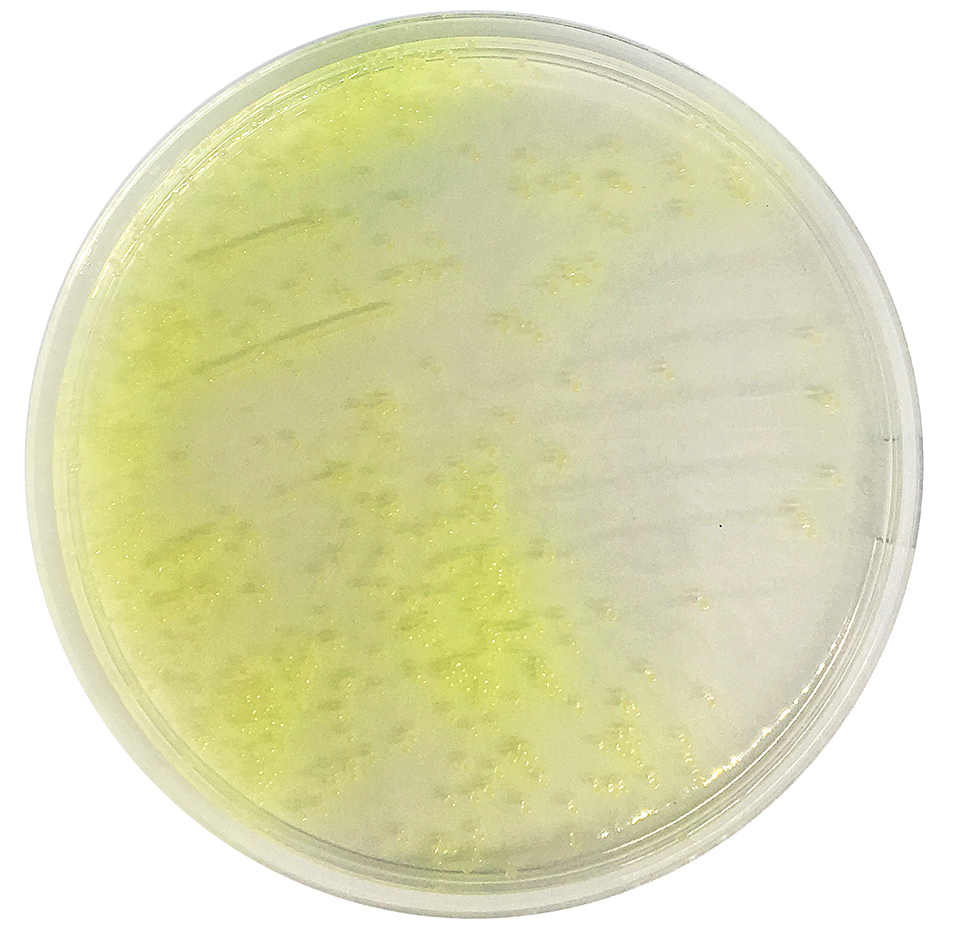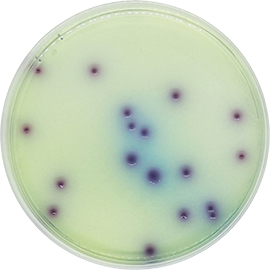Published: 28/07/20 11:36 Categories: Microbiology
Monitoring of Pseudomonas aeruginosa is well-known in clinical microbiology because it is a common nosocomial pathogen that causes infections with a worrying mortality rate. However, these bacteria can also be hidden in daily use products such as shampoo.
If cosmetics have preservatives, why should I worry about this pathogen?
Pseudomonas aeruginosa is a gram-negative bacillus found in humid environments and, therefore, some cosmetic products with a high water content are susceptible to hosting these bacteria, allowing them to proliferate and infect end users.
Usually, the cosmetics where P. aeruginosa has been identified include shampoos, shower gels, creams, make-up removers, toothpastes and eye products such as contact lenses and disinfecting solutions.
In the EU alone, during a 3-year period, 173 cosmetics were recalled, 24 of them due to contamination with P. aeruginosa. However, this bacillus was found in more than 40% of all recalled products.
That is why it has become one of the main pathogens that contaminate cosmetic products, and it is partly due to the fact that it is an opportunistic organism that is part of the skin microflora. Therefore, transfer to the products is supported during manufacture, and being also enhanced by their resistance to the preservatives used.
The resistance of these bacteria to a wide variety of antimicrobials is intrinsic, multifactorial and is attributed to both chromosomal mutations and gene transfer. For this reason, it has earned the title of 'superbug'.

Also, the ability of this microorganism to create biofilms of both environmental and clinical importance, contribute to increasing their resistance by building a protective matrix of bacterial cells.
What method should I use to identify P. aeruginosa on my product?
Specifically, in the cosmetics industry, this pathogen, along with Staphylococcus aureus and Candida albicans must not be present in 1 g or 1 ml in category 1 products and in 0.1 g or 0.1 ml in category 2 products.
The ISO 22717:2015 establishes the method to be followed in order to detect this microorganism.
To begin, the sample must be suspended in an enrichment broth such as Eugon Broth LT 100, which contains ingredients that block the effect of the preservatives found in the product.
After incubation of the suspension, it must be inoculated into a Cetrimide Agar plate to isolate the colonies, and those that present a fluorescent yellow-green pigment under UV light will be suspected positive.

Finally, in order to identify the isolated suspicious colonies, biochemical, Gram staining and oxidase tests shall be performed, while also growing them in the culture medium King A Medium, where P. aeruginosa will form colonies surrounded by a blue to greenish or red to brown area.
Are there other detection methods for this microorganism?
As usual, the traditional reference methods involve a series of steps with different culture media. Condalab wants to present an alternative method.
CondaChrome Pseudomonas® is a specific chromogenic medium to quickly identify Pseudomonas spp. with a multi-industry application: clinical, food safety, water analysis and cosmetics.
This method is very simple, and the medium may be directly inoculated or inoculated with a dilution, depending on the nature of the sample. The results obtained are obvious, even for inexperienced eyes, as the magenta colonies will be attributed to Pseudomonas spp.

Meanwhile, the rest of the accompanying flora will be inhibited, and should any growth appear, it would be colorless.
Whatever method chosen for detecting Pseudomonas aeruginosa, Condalab has all the necessary products required from beginning to end. Contact us for more information about them.

 Food fraud: How do we detect it?
Food fraud: How do we detect it?
 Visit Us at MEDICA 2025 – Discover Our Precise Detection Solutions
Visit Us at MEDICA 2025 – Discover Our Precise Detection Solutions
 PCR: The Technique Revolutionizing Rapid Detection in the Food Industry
PCR: The Technique Revolutionizing Rapid Detection in the Food Industry
 How Culture Media Ensure the Safety, Efficacy, and Quality of Medicines
How Culture Media Ensure the Safety, Efficacy, and Quality of Medicines
 Meeting us at MEDLAB MIDDLE EAST 2025
Meeting us at MEDLAB MIDDLE EAST 2025